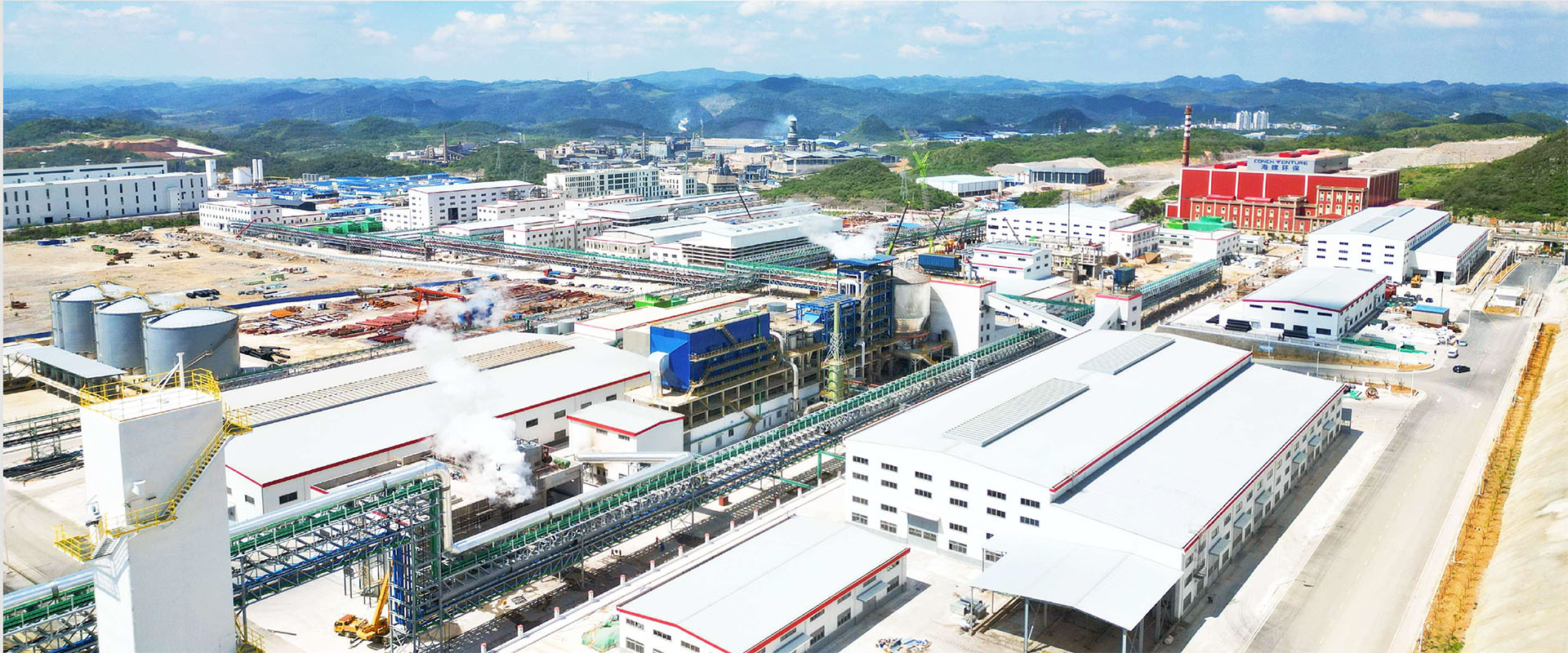
In the field of architecture and engineering, steel structures, as an important form of building structure, are increasingly receiving widespread attention and application. So, what are the advantages of choosing steel structures?
Steel structures have good strength. Steel has high strength and can bear large loads, which gives steel structures obvious advantages in the construction of large-scale buildings, bridges, and industrial facilities. For example, in high-rise commercial buildings, steel structures can provide sufficient supporting force to ensure the stability and safety of the buildings. Compared with other materials, steel structures can withstand greater pressure and tension under the same weight, providing greater flexibility for architectural design. Their good stability is also reflected in their seismic performance. Steel structures have good toughness and can absorb energy through their own deformation during natural disasters such as earthquakes, reducing the damage to buildings and ensuring the safety of people and property.
Steel structures are relatively light in weight. Although steel itself has a certain weight, compared with traditional building materials such as concrete, steel structures are much lighter. This feature is of great significance in building construction. Firstly, the lighter weight can reduce the load on the foundation and lower the cost of foundation engineering. This advantage is particularly prominent in some areas with complex geological conditions. Secondly, it is convenient for transportation and installation. Steel structure components can be prefabricated in factories and then transported to the construction site for assembly. Due to their light weight, the transportation and hoisting processes are more convenient, which can shorten the construction period and improve construction efficiency.
The construction speed of steel structures is relatively fast, which can effectively shorten the construction period of the project. Steel structure components are produced in a standardized way in factories, and their quality and precision can be effectively controlled. At the construction site, only simple assembly and connection work is needed, which greatly reduces the on-site construction time and workload. Compared with traditional concrete buildings, steel structure buildings can save a lot of time, which is of important economic value for some projects that need to be put into use as soon as possible, such as commercial centers and industrial plants. In addition, the shorter construction period can also reduce the management cost and risk during the construction process and improve the overall efficiency of the project.
Steel structures have good recyclability, which meets the requirements of modern society for sustainable development. Steel is a recyclable material. After the building is demolished, steel structure components can be recycled and reprocessed for the manufacture of new steel structure products. This not only reduces the generation of construction waste, reduces the impact on the environment, but also saves resources and lowers the construction cost. In contrast, some traditional building materials such as concrete are difficult to recycle after demolition, which often causes a lot of resource waste and environmental pollution.
Steel structures can create larger spaces. Due to their high strength and light weight, steel structures can achieve larger spans and heights, providing more spacious and open spaces inside the building. In buildings such as industrial plants and warehouses, steel structures can meet the needs of installing large equipment and storing goods, improving space utilization. At the same time, in some commercial buildings and public buildings, the application of steel structures can create unique spatial effects and enhance the quality and use value of the buildings.
Steel structures have good durability. After proper anti-corrosion treatment, steel can resist corrosion factors in the natural environment and prolong its service life. In some harsh environmental conditions, such as seaside areas and chemical industrial zones, steel structures can ensure the stability and safety of their structures by using special anti-corrosion coatings and protective measures. In addition, the maintenance cost of steel structures is relatively low. Regular inspection and maintenance can timely detect and deal with potential problems, ensuring the long-term service performance of steel structures.
Steel structures have wide adaptability. They can be flexibly designed and processed according to different architectural design requirements and functional needs. Whether it is a complex geometric shape or a special structural form, steel structures can be realized through reasonable design and manufacturing processes. This enables steel structures to be applied in various types of construction projects, including residential, commercial, industrial, and cultural fields. At the same time, steel structures can also be used in combination with other building materials such as glass and aluminum plates to create a variety of architectural appearances and styles.
Choosing steel structures has many advantages, including high strength and stability, light weight, short construction period, recyclability, high space utilization, good durability, and strong adaptability. These advantages make steel structures have broad application prospects in the field of modern architecture and engineering, providing strong support for the development of the construction industry. In future architectural design and construction, steel structures will continue to play an important role in creating safer, more comfortable, environmentally friendly, and efficient building spaces for people.
[[Some pictures and texts in the article are from the Internet for reference and communication only. If there is any copyright issue, please contact us to delete them]]
 备案号:黔ICP备2024041737号-1 贵公网安备 Powered by ChiTong Group Backend login
备案号:黔ICP备2024041737号-1 贵公网安备 Powered by ChiTong Group Backend login
 Official WeChat
Official WeChat
